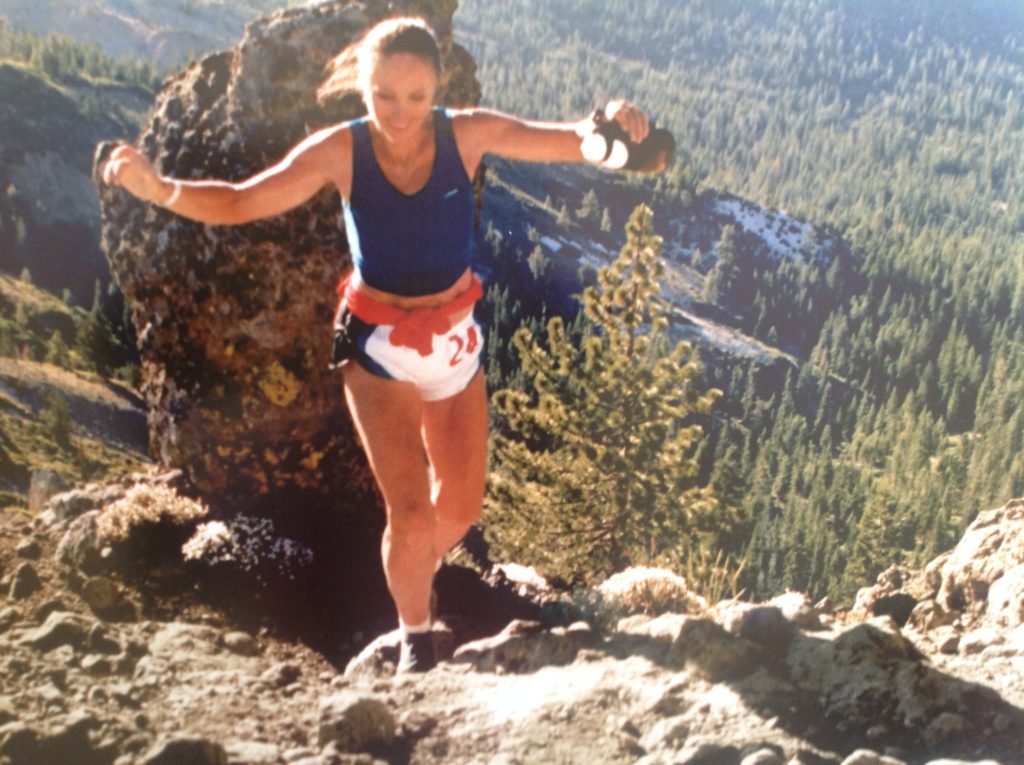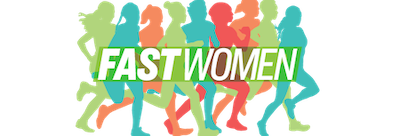Starting Line 1928 is an oral history project documenting the lived experiences of female distance running pioneers. This is the first episode of the podcast. We hope you’ll listen, and hit the “subscribe” button on your preferred podcasting app so you never miss an interview. And if you have suggestions for pioneers to profile, or want to join this effort, email us at startingline1928@gmail.com. In the meantime, thanks for listening, and being a part of this unfolding story.
Author’s note: The following is just a snippet of the conversation I had with Bjorg Austrheim-Smith. I urge you to listen to the full conversation; we delve deeper into training and the ultrarunning scene of the time.
Bjorg Austrheim-Smith, multiple Western States winner (1981, 1982, 1983), will tell you upfront that her story does not fit the typical narrative, “I was just a stay-at-home mom with three small children who one day stuck the kids in a baby buggy with groceries underneath it and started running the streets. I needed to get out of the house,” she said.

She started racing a local three-mile race and she will readily admit that she is not a middle-distance runner. So, when there was a marathon on the streets she ran, she signed up.
“And, and as a matter of fact that first marathon I ran I came to the start line with my husband and two kids. And two men came up to my husband and said, ‘she’s not running’ and my husband said, ‘yes, yes,’ and they said, ‘no she’s not.’” “And they tried to pull me off,” she said. Her husband used a bicycle to keep the men away while Austraheim-Smith hid in the bushes until the race began. She ran a 3:45.
Austrheim-Smith has always had a sense of adventure. After serving as a tour guide to a group of Americans, she decided to immigrate to the US. “So they didn’t like me and I didn’t like them, and so, when we were done, they said, ‘we would like you to come to the US. We will be your sponsors’ and I said, if you have the guts to offer that to me, I have the guts to take you up on it, so I can go to America,” she said.
She continued to run with a group that was running the three-mile races and was convinced to do a 50 miler. “I started training every day and I did my first 50 and there were the absolute worst conditions ever. It was windy, it was February; it was pouring. The rain came in sideways and we were running on the levee,” she said “That was the first 50 ultra. I was never doing that again and, of course, that group said, ‘let’s go there’s a 100 miler.’ I said, “over my dead body. I’m not doing a 100 ultra.”

But with some prodding, she made it to the start line and finished two minutes and eleven seconds out of first. “I didn’t know what I was doing. I put one foot in front of the other. My family didn’t know what they were doing either and then the following three years I won Western States and then took second and then fourth the next year” she said.
During a race, she met training partner Bruce Labelle. They would push each other on longer runs on the weekend doing double 50s. “I said, how can we go out and kill ourselves in training, because I don’t want to be dead during a race, so I might as well, kill myself training.”
She was doing about 200-mile training weeks. “What I did with my children, we had an agreement we’ll take the baby buggy. And we’ll go to the bakery and you can get whatever you want and it doesn’t matter what. One donut was 15 miles. So I would never put my shoes on anything under 15 miles,” she said, “So my son would ask if it was one-donut day or a two-donut day. Two donuts is 30 miles so that’s how we measured.”

After winning Western States, she garnered a sponsorship from Nike but gear at the time was just a smaller version of men’s gear. “I am built like a woman, I have curves, and so they did not make clothes for women.” She said, “It was a great problem, both shoes and clothes didn’t do it for women.”
She still runs every day, “It keeps you healthy. I don’t believe in sitting in a rocking chair and waiting to die,” she said. She also continues to mentor and coach runners, “I like to help. I’m a problem solver. I like problems to solve.”
Looking back, she didn’t realize she was making history, “I was doing it for my own survival, because I was a stay-at-home mom. And I felt that I needed to do something for me, because I felt like my brain was dying. I needed something for me. It just turned out that way, I just didn’t know. I was pleased when people would come out and maybe I encouraged somebody else to do that,” she said.
Note about the author: Cara Hawkins-Jedlicka is a longtime supporter of women’s running and is part of the leadership team for Starting Line 1928. She is currently an assistant scholarly professor at Washington State University in the Murrow College of Communication. She enjoys running all distances and has taken Austraheim-Smith’s advice to just run with the toddler in a jogging stroller.
